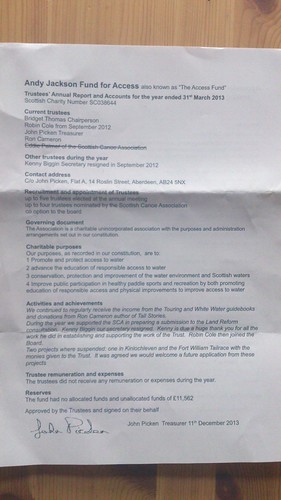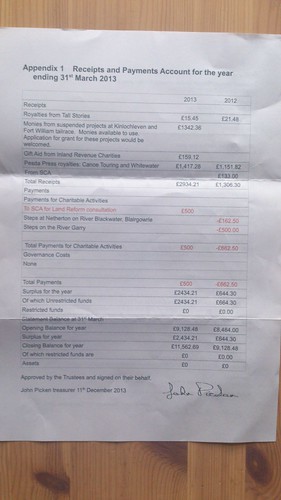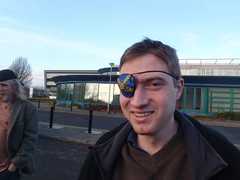I went on an Outdoor First Aid course at Lowport in Linlithgow with John Lewis to give my first aid knowledge the required three year refresh. First aid courses come in various shapes and forms. I’ve always considered the 3 hour evening courses to be useless, there’s so much to learn and practice you couldn’t hope to cover it in an evening. A two day course lets you spend a day learning things and another day practicing scenarios. This was a refresh course so we went straight away into scenarios to remind us what we knew and show us what we did not know.
Here’s my notes for my own use and anyone else who wants to read them..
On finding a casualty without much conciousness a primary examination is: DRSAB (doctor’s AB) for Danger, Response, Shout, Airway, Breathing. Look for any nearby dangers, ask victim for a response,shout for help, check their airway is clear by tilting the head back and check they are breathing. Then call 999/112.
The recovery position stops them chocking on their tongue and their own vomit.
If you find a victim on a slope best to rotate them to be along the slope to keep right blood pressure throughout body.
When checking breath check for speed, depth, sporadic, sounds (gargling, wheezy, snoring, agonal gasps).
Ambulances usually don’t know how to do grid references. They’ll want the age and number of casualties.
After DRSAB do a secondary examination. Use hands to check for blood/breakages around head, along arms, press on four quadrants of stomach, along legs, tap the feet, check pupils, ears.
Rest breathing is about 10/min and pulse is about 60-100 per minute.
Alertness can be measured in AVPU – Alert (normal), Voice (can talk a bit), Pain (can respond to pain), Unresponsive
Seizure: make comfy. Call ambulance if > 2 minutes, first time or complications.
Hypothermia: signs are shivering, blue/grey face, slow and unresponsive. Warm up with drink, clothes, heat (but not too fast).
If unconcious person vomiting hold face on far side from you and roll away.
CPR: chest compressions more important than breaths. For adults do deep compressions 5-6cm and 2 per second (110 per minute,Yellow Submarine speed). Do up to 30 compressions then 2 breaths. For child or drowing breaths are more important so start with 5 breaths.
Stroke: FAST. Face 1/2 working, Arm not raising as well as other arm, Slurred speech, Time to call an ambulance. Often mistaken for being drunk.
Asthma: blue inhaler is reliever (other colours are 1 a day steroid preventers). Triggered by physical effort and cold.
Hyperventilation: can cause dizzyness (body needs some CO2 to get oxygen through). If they pass out that’s ok as will regulate.
Chocking: slap on back 5 times in direction of top of throat. If not working do abdominal thrusts (then get checked over for organ failure).
Drowning: usually caused by small amounts of water, also dry drowning can cause spasms. Secondary downing possible hours or days after first incident so call ambulance.
Heat exhaution: wear a sun hat, take lots of fluids, use shade, cool down with water. Can become heat stroke: slurred speech, disorientated, headache, stop sweating – get outside help.
Burns: 10 minutes under cold water. Cover in cling film, no creams, no sticky material, don’t remove burnt clothing, don’t pop blisters, avoid touching, go to hospital if > hand size or facial or genetal.
Broken leg: use other leg as splint, pad out with towels and bags.
Slings can be elevation sling where hand on shoulder or support. Second rope can be needed to stop swinging arm.
Soft tissue injury (sprains, staved fingers etc) RICE: Rest, Ice, Comfort, Elevation.
First aid kit: I need more dressings, casualty report form, gloves, pencil, crepe bandage, mars bars, steri strips, paracetamol, compeed blister packs.
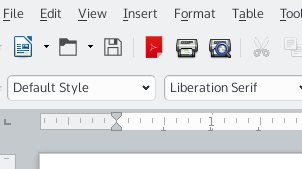
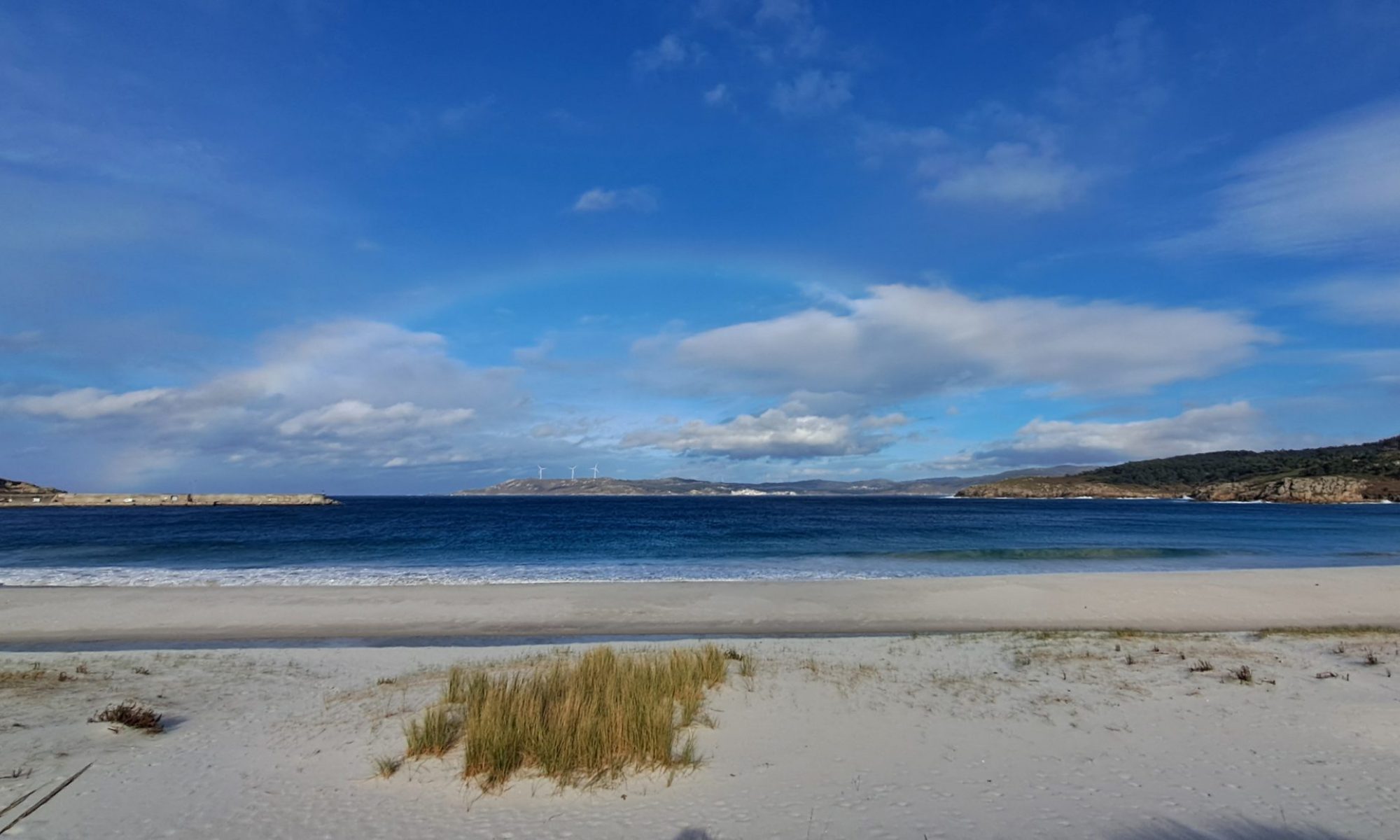

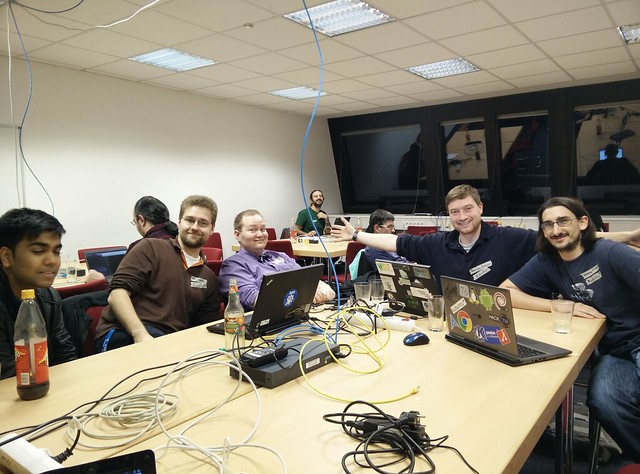

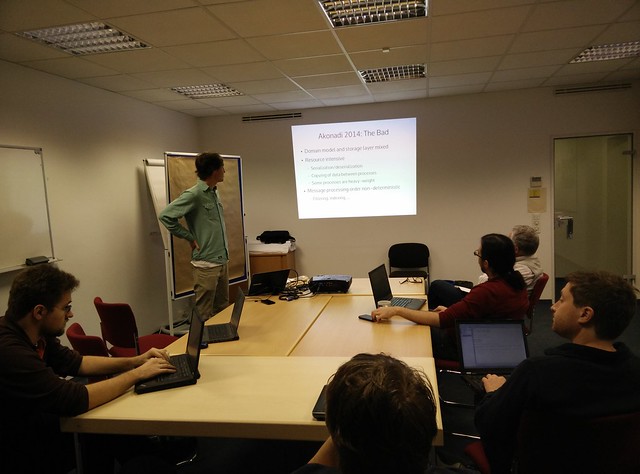
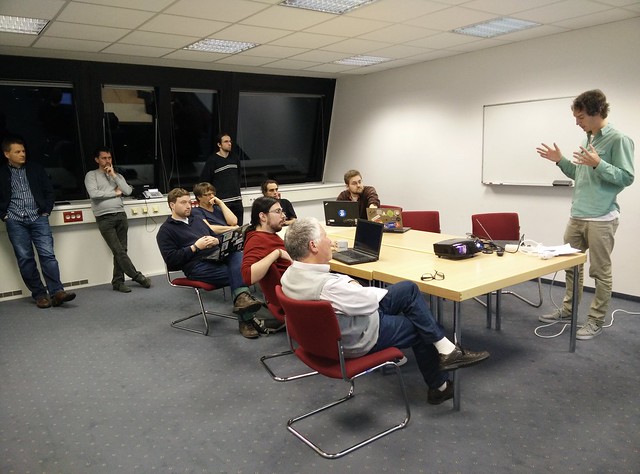


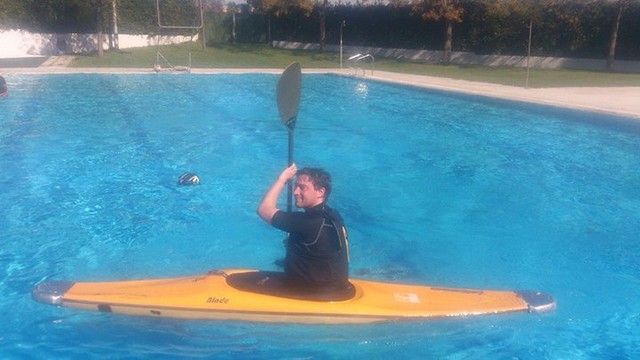

 We Promise
We Promise
